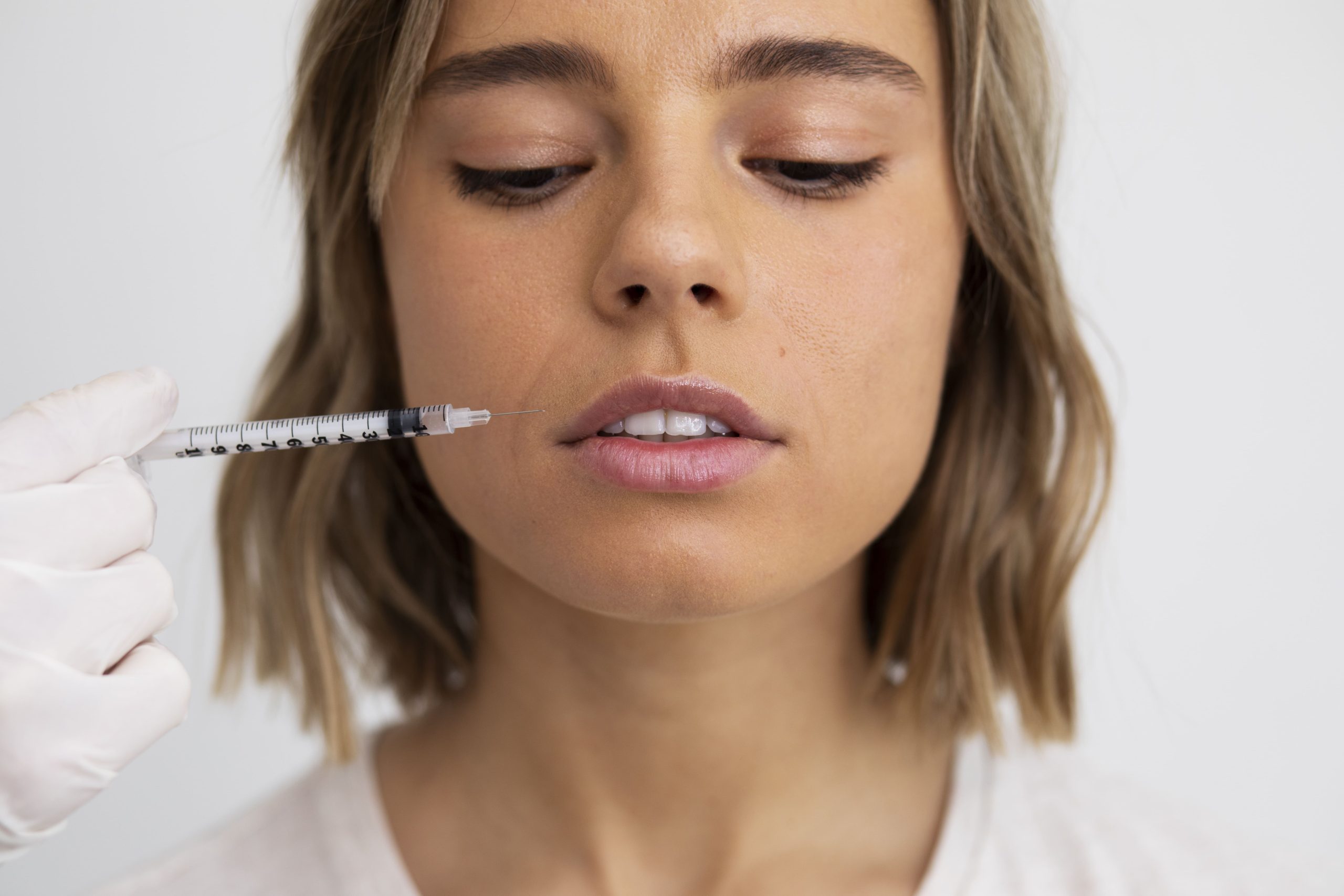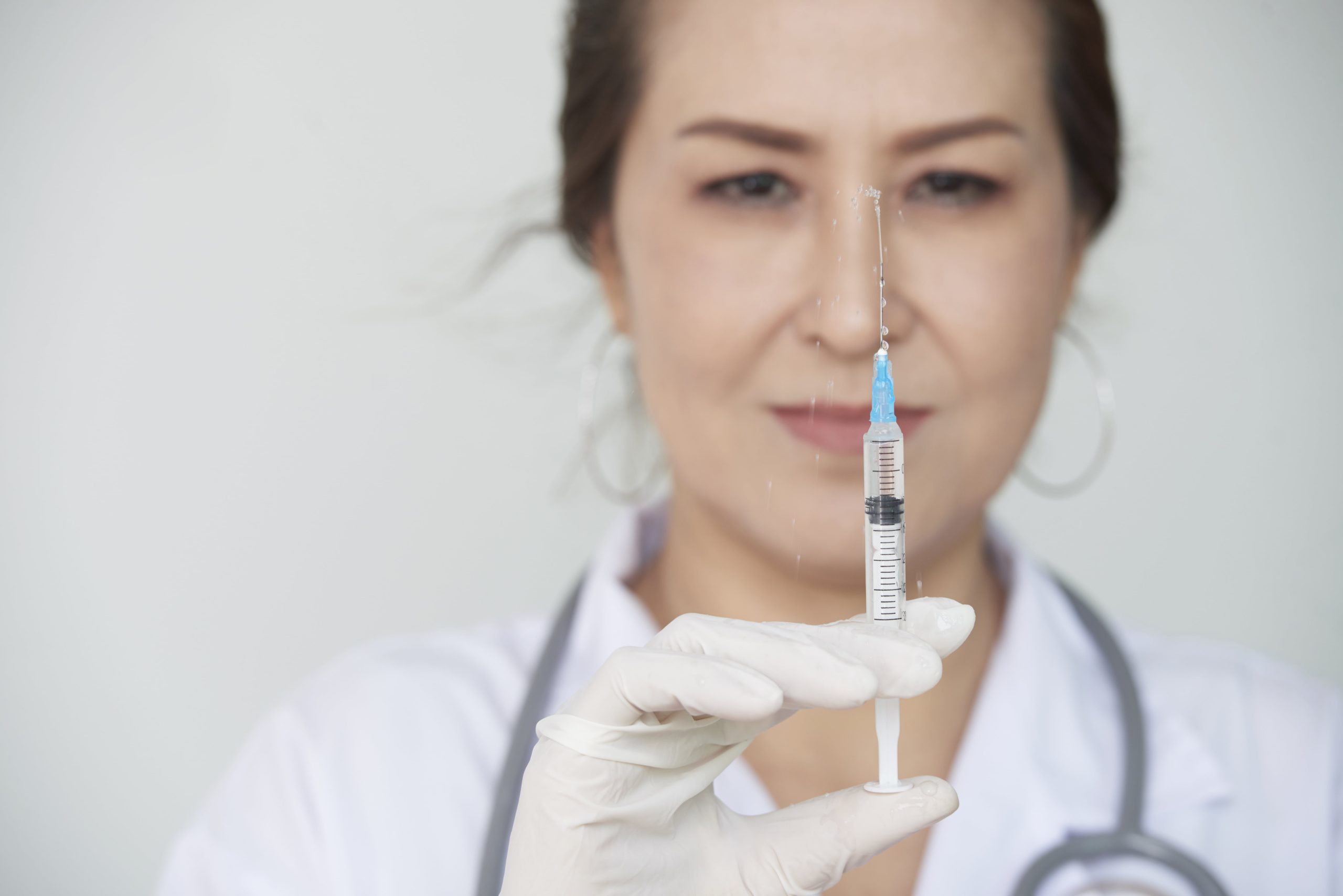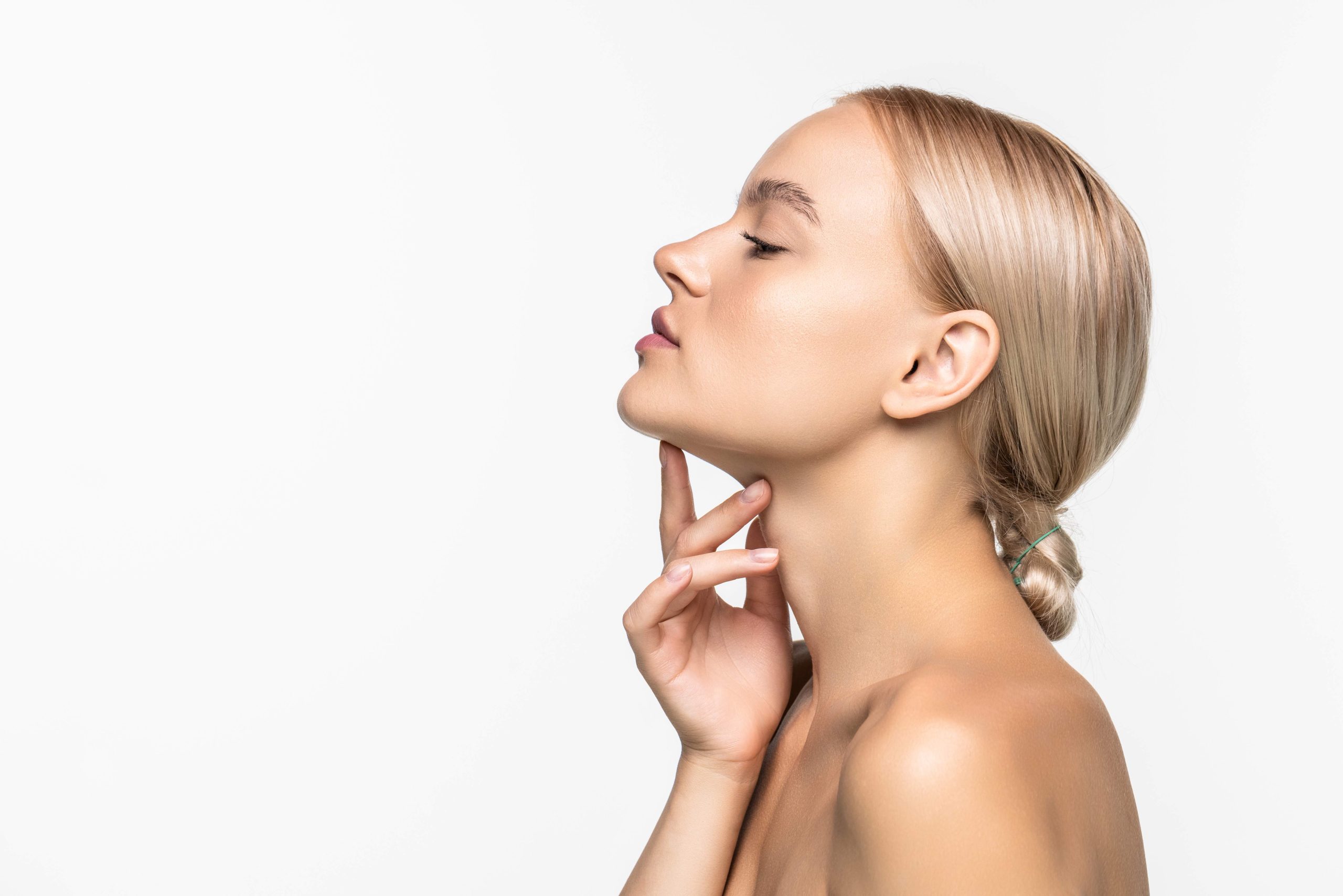Nucleofill Side Effects Explained: Safety, Reactions, and Aftercare

Nucleofill has become a go-to treatment in regenerative aesthetics, offering deep hydration, collagen stimulation, and skin rejuvenation. While its safety profile is impressive, every aesthetic procedure carries the potential for side effects. As a medical aesthetician, understanding Nucleofill side effects is key to ensuring optimal patient care, managing expectations, and preventing complications.
This guide covers the common and rare side effects of Nucleofill, best practices for post-treatment care, and how to communicate potential reactions with patients.
Common Nucleofill Side Effects
Most patients tolerate Nucleofill well, experiencing minimal downtime. However, mild and temporary reactions can occur as the skin adjusts to the treatment. Common side effects include slight swelling, redness, and tenderness at the injection site, typically resolving within a few days. In rare cases, patients may experience minor bruising or heightened skin sensitivity.
These effects are temporary and can be managed with proper aftercare, such as cold compresses, gentle skincare, and avoiding direct sun exposure. Educating patients on what to expect post-treatment ensures a smoother recovery process and optimal results.
1. Swelling
- A natural response to injections, swelling usually peaks within 24-48 hours.
- More pronounced in delicate areas like the under-eyes and lips.
- Applying a cold compress can help reduce inflammation.
2. Redness
- Injection sites may appear flushed or slightly irritated.
- Typically fades within a few hours to a day.
- Avoiding excessive heat (saunas, steam rooms) can help speed recovery.
3. Bruising
- Some patients may experience bruising, especially in areas with thin skin.
- Using arnica gel or vitamin K cream can accelerate healing.
- To minimize bruising risk, advise patients to avoid alcohol and blood thinners (unless prescribed) before treatment.
4. Tenderness & Mild Discomfort
- The treated area may feel slightly sore or sensitive.
- This sensation usually subsides within 24-48 hours.
- Gentle massaging should be avoided unless recommended by the practitioner.
Using premium polynucleotide treatment products lowers the chance of adverse reactions, which is why medical professionals can buy Nucleofill today from Best Buy Fillers online shop.

Rare But Possible Adverse Nucleofill Side Effects
While Nucleofill treatments are usually well-tolerated and adverse reactions are rather uncommon, certain patients’ reactions may require additional attention.
1. Prolonged Swelling or Lumps
- Some patients may develop palpable nodules or prolonged swelling beyond a week.
- Mild lumps often resolve naturally but can be treated with gentle manual massage or hyaluronidase if necessary.
2. Hypersensitivity Reactions
- Rare allergic reactions may present as itching, prolonged redness, or swelling.
- If a patient shows severe inflammation or an allergic response, medical intervention may be needed.
3. Vascular Complications
- In rare cases, incorrect injection technique may lead to vascular occlusion.
- Practitioners should always use proper Nucleofill injection points to minimize risks.
- Immediate signs include persistent pain, skin discoloration, or blanching. These require urgent treatment.
For correct injection techniques, refer to our article on Nucleofill injection points.
Post-Treatment Care Guidelines
Proper aftercare is essential for maximizing results and minimizing complications. Here’s what to advise your patients:
1. Immediate Aftercare
- Avoid touching, rubbing, or applying pressure to the treated area for 24 hours.
- Skip makeup, skincare actives (retinol, AHA/BHA), and harsh cleansers for at least 24-48 hours.
- Use a gentle cleanser and hydrating products to soothe the skin.
2. Activity Restrictions
- Avoid strenuous workouts for 48 hours to prevent excessive swelling.
- No saunas, hot showers, or sun exposure for at least 72 hours.
- Stay hydrated to aid in skin recovery and polynucleotide absorption.
3. Signs to Watch For
- Mild side effects should resolve within a few days.
- If patients experience severe swelling, prolonged pain, or discoloration, they should contact their provider immediately.
How to Communicate Nucleofill Side Effects to Patients
Clear and transparent communication is essential for maintaining patient trust and ensuring a smooth post-treatment experience. Here’s how to effectively discuss potential Nucleofill side effects before and after the procedure:
1. Pre-Treatment Consultation
- Set realistic expectations by explaining that temporary swelling, redness, and mild discomfort are common and usually resolve within a few days.
- Discuss potential rare side effects like hypersensitivity reactions or prolonged swelling, reassuring patients that these are uncommon and manageable.
- Advise patients on pre-treatment protocols, such as avoiding alcohol, blood thinners, and anti-inflammatory medications to minimize bruising.
- Provide a detailed informed consent form, ensuring the patient understands the risks and benefits of the procedure.
2. Post-Treatment Guidance
- Give patients a clear aftercare guide outlining the dos and don’ts after treatment.
- Let them know what to expect during the healing process, including the timeframe for side effects to subside.
- Encourage patients to stay hydrated, avoid excessive sun exposure, and follow a gentle skincare routine to promote healing.
3. Handling Patient Concerns
- Offer reassurance and availability – let patients know they can contact you if they experience anything unusual.
- Educate them on red flags that require medical attention, such as persistent pain, extreme swelling, or discoloration.
- Schedule a follow-up appointment if necessary to ensure the patient is healing well and satisfied with their results.
By proactively addressing concerns and setting expectations, you can enhance patient confidence in Nucleofill treatments while ensuring their safety and satisfaction.
Medical professionals looking for quality polynucleotide-based products can easily buy Polynucleotides online from Best Buy Fillers shop.

Frequently Asked Questions (FAQ)
What to expect after Nucleofill?
Patients may experience mild redness, swelling, or bruising at injection sites, which should resolve within a few days. Results develop gradually as collagen production increases.
How long does Nucleofill take to work?
Some hydration effects appear within a few days, while full collagen-boosting results take 4-6 weeks to develop.
What not to do after Nucleofill?
Avoid touching the treated area, excessive heat exposure, strenuous exercise, and alcohol for at least 24-48 hours.
Is Nucleofill permanent?
No, Nucleofill is not permanent. However, its biostimulation effects provide long-term skin benefits, and results can last 6-12 months.
Is one session of Nucleofill enough?
For optimal results, a series of three sessions spaced 2-4 weeks apart is recommended, followed by maintenance treatments every 6-12 months.
Is Nucleofill painful?
Nucleofill injections are well tolerated, but some patients may experience mild discomfort. A topical numbing cream can be used to enhance comfort.
Conclusion
Nucleofill is a cutting-edge biostimulation treatment designed to rejuvenate the skin by stimulating cellular regeneration, boosting collagen production, and providing deep hydration. It boasts a strong safety profile when administered correctly by trained professionals. While temporary side effects such as swelling, redness, and bruising are common, they typically subside within a few days and are considered part of the natural healing process. Severe reactions are rare, but being well-informed about Nucleofill side effects allows practitioners to proactively manage any potential concerns, optimize patient comfort, and ensure successful treatment outcomes. With proper technique and post-care guidance, patients can experience long-lasting, natural skin rejuvenation with minimal risk.
Continue reading

Radiesse or Juvederm? Which One Should You Use for Facial Contouring?
Facial contouring is more than just adding volume – it’s about sculpting definition, correcting asymmetries, and enhancing structure. Achieving those goals requires the right product, precise technique, and a deep understanding of dermal filler properties. Among the most commonly used injectables in aesthetic medicine, Radiesse and Juvederm stand out as…
Read More
Radiesse vs Sculptra: Which Collagen-Stimulating Filler Is Better?
As the popularity of natural beauty trends, like the no-makeup makeup look, continues to rise, the demand for subtle, long-lasting enhancements has reshaped the filler industry as well. More patients are turning to treatments that enhance their features while correcting concerns like uneven texture or volume loss, all without compromising…
Read More
Non-Surgical Jaw Definition: Radiesse Jaw Before and After Transformation
In the age of defined features and sculpted profiles, jawline contouring has become one of the most in-demand aesthetic procedures among both male and female patients. But not everyone is ready for surgery or permanent changes. That’s where non-surgical options like Radiesse jawline enhancement come in, offering a high-impact transformation…
Read More